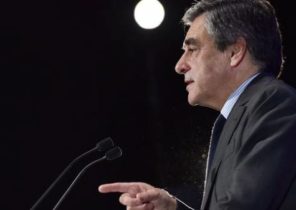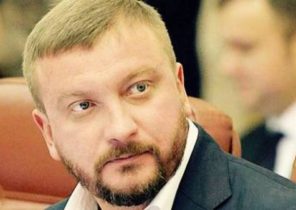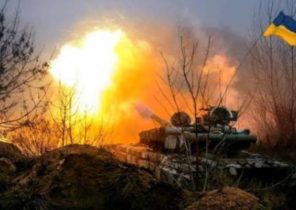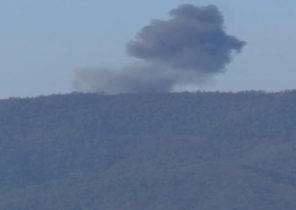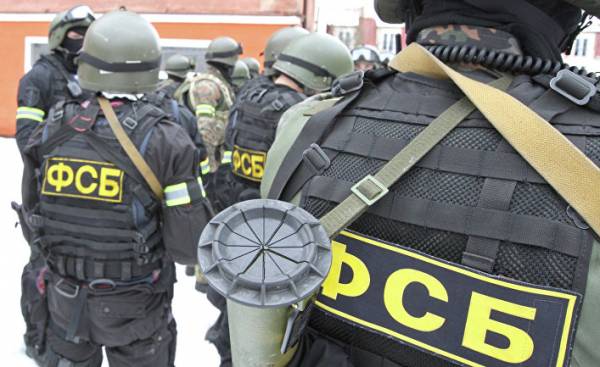
Russian soldiers, stretching out their arms, carrying the table, holding it only with his teeth, like a stick. Two soldiers hold the weight of another, over which the fourth, with a naked torso, is going to beat with a sledgehammer as an anvil, flaming concrete blocks. The following photo of soldiers in camouflage, jumping, and running on the backs of the three companions bowed, causing both feet to fly kick a piece of cement Board held two more. These scenes are repeated every day during training of Russian special forces serving in elite units, which became the punishment for “seals” during the cold war. Or at least, this way they have created the network, rising to a height of magicians ninja with a bad temper Chuck Norris (Chuck Norris) and the ability to crush bones Steven Seagal (Steven Seagal).
The Internet has made the Russian special forces in the meme, because their soldiers had the reputation of steel, alpha males, and especially because Russian special forces are still shrouded in mystery. While Mikhail Gorbachev held a policy of transparency, the majority of citizens were unaware of the existence of such groups. Replaced complete ignorance came exaggeration and inaccuracy, because in fact there is not one unit with the same name. The Russian acronym “SWAT” stands for “special purpose” and refers to all such groups as in Russia today, as in the former Soviet republics.
In the 1950s, in the midst of the cold war, the Soviet forces began to call unit specializing in secret missions, sabotage, and even getting behind enemy lines. In this sense, it is necessary to distinguish two kinds of units with this name, both characterized by the highest training, depending on the structures within which they operate: GRU, which is subordinate to the Main intelligence Directorate of the Russian Armed forces and special forces of the FSB (former KGB), who are engaged in counter-terrorism operations.
GRU and FSB special forces
Created 24 October 1950 GRU first received the status of a special unit, which was subordinated to the Main intelligence Directorate of the General staff, that is, directly to the Ministry of defence. Its employees took an active part in the conflicts in Afghanistan, Chechnya, and are believed to be in Syria. The main mission Grushnikov in time of war, the infiltration behind enemy lines (in uniform or civilian clothing), committing acts of sabotage aimed at destroying the enemy infrastructure, and the suppression of riots and specialized support to conventional military units. To this end, the commandos are trained surgically subtle methods of murder, sabotage techniques, espionage and intelligence methods.
In addition to the army and the airborne troops, GRU has in the marine corps, as a likeness of the American Navy seals. All four major Russian fleets attached to the brigade of special forces numbering about a thousand people. These units are responsible for power support to the Russian Marines, and the implementation of sabotage against ships and ports of the enemy.
As for the FSB special forces, subordinate to the Ministry of internal Affairs, we should distinguish the group “alpha” and “Vympel”. First, the so-called Management And was established in 1974 on the initiative of the then head of the KGB Yuri Andropov under the formal pretext of combating terrorism. The storming of the Palace of Hafizulla Amin, the Afghan leader, protected by hundreds of bodyguards, was the baptism of fire for “alpha”, says mark Galeotti (Mark Galeotti) in the book “Spetsnaz: the Russian special forces” (“Spetsnaz: Russia’s Special Forces”). In this conflict the soldiers of the alpha group took part in numerous anti-terrorist operations.
One of the stains on the reputation of the group participated in the liberation of hostages in Beslan on 3 September 2004, two days after the seizure of the school in North Ossetia (Russia) armed Muslim terrorists. Release operation turned into a chaotic storm, led by the anti-terrorist unit “Alfa”, joined the regular army and officials of the Ministry of internal Affairs, and in which 370 people died.
As for the group “Vympel”, and the Management, its task is solely to sabotage anti-terrorist activities to destabilize a foreign government by capturing key infrastructure, like nuclear power plants or airports. The group was formed relatively recently and field of activity is not well defined.
Special training
Despite the abundance of movies about the special forces circulating in the network, the details of their training are still classified and vary widely depending on the functions of the unit. Judging by the few that know, GRU special forces persistently train for unarmed combat. Favorite technique Grushnikov — Sambo, a martial art, invented in the Soviet Union. And besides, fighters are trained by the “system force”, which originated in the tenth century and is based on the ability to use the opponent’s strength against him.
It is also known that the commandos attaches great importance to military exercises using explosives and real fire that causes the highest mortality among them in the selection process. Russian propaganda uses these dramatic exercises to support the glory of the “steel soldier”.
The structure of the assault groups is similar to that adopted in the foreign special forces units. In each group there are eight or ten soldiers under the command of an officer. They are all trained in such special skills as handling of explosives, sniper shooting, transfer of intelligence and reconnaissance. Grushnikov can also act mobile groups of two or even one.

